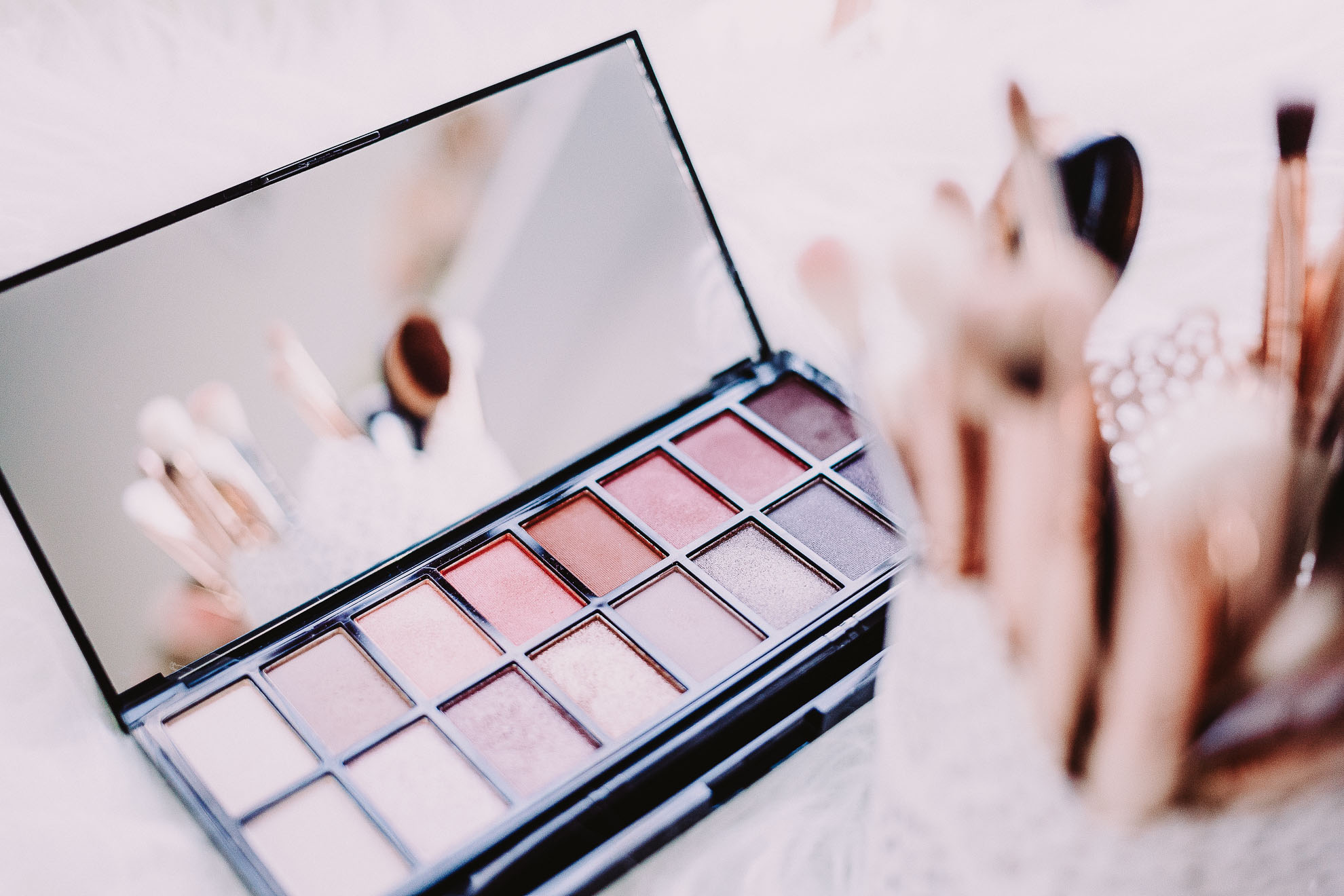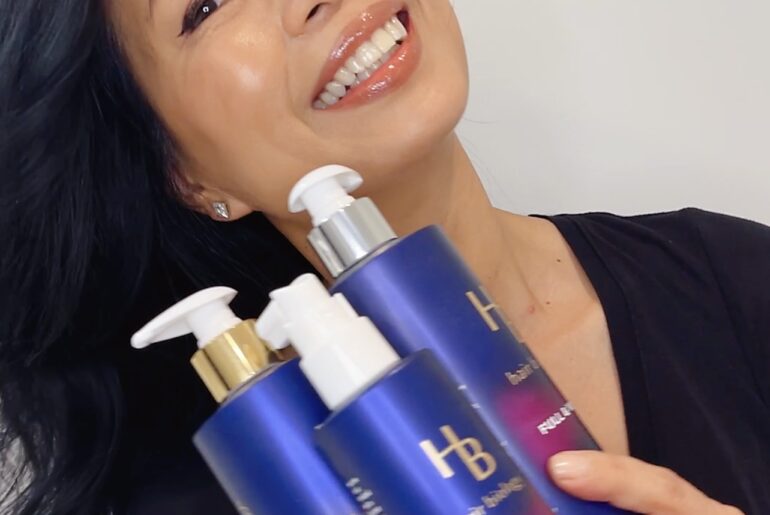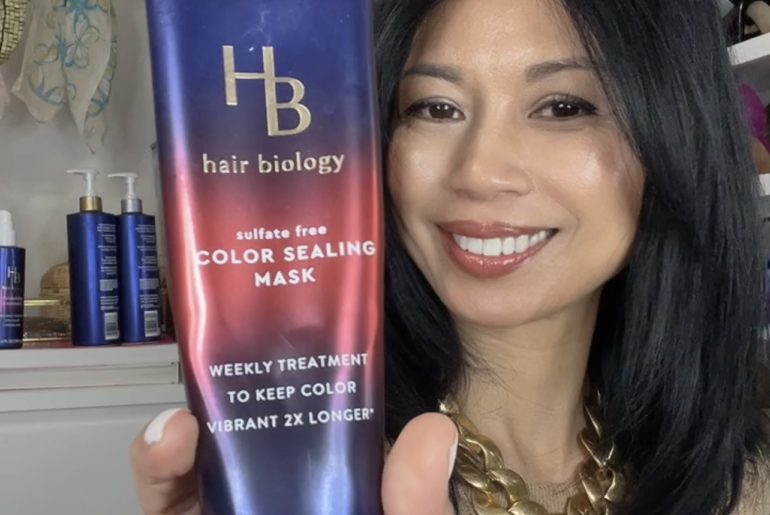
In this world where beauty care is an investment, people are expecting providers of said products to deliver results. There are still brands that actually do what they claim they would do and invest on the actual research of their products. However, in this world where persuasion is done by emotion, a lot of beauty care brands are investing in their advertisements rather than on the real product. According to a study done by Valdosta State University, four out of five beauty care brands do not deliver their own claims. Using misleading advertisement, these brands are claiming that their products can make beauty miracles without substantiation.
There’s a saying that if something is too good to be true, then it probably is. That saying also works with claims. After all, claims are meant to be backed with solid evidence; otherwise, claims are just claims. Depending on how the claims are made and the evidence is presented, it might affect the perspective of someone listening to it. According to The Bench Marking Company, a beauty product claim is important in selling beauty and personal care products because consumers tend to base their decision on proofs that the product is actually effective. If someone says that a certain cream will remove a wrinkle because the cream is supposed to have a “miracle ingredient,” the claim becomes a validation for the consumer.
In the previous study mentioned, the authors examined 757 claims by beauty and personal care brands from 300 full-page ads. These ads are from popular magazines, such as Vogue, Marie Claire, and Glamour. All the claims in the ads are classified into four labels: outright lie, omission, vague, and acceptable. According to the study, out of the 757 claims, 621 are only claims, 18% of the claims are acceptable, while only 14% of the claims are trustworthy. Beauty claim substantiation is not possible with claims like “well-being” and “happiness.” The study also showed that the majority of the methods used for testing products are questionable and cannot be called a “substantiation.”
The most commonly used claims use phrases along the lines of “recommended by dermatologists,” “clinically proven and tested,” “visible results in x weeks.” In short, these claims are all unexplained and amounts to nothing. Some products are avoiding doing a direct claim and instead uses words such as “help.” Examples of this are to help “fix frizzy hair,” “remove wrinkles,” and “prevent acne,” and other claims that help the consumer fix the problem. Because of this, a lot of petitions are being made right now to change the regulation of beauty product advertisements. According to the Telegraph, UK cosmetic companies are doing good in following policies set for their field. As per the EU law, advertisers are not allowed to make claims that they cannot substantiate. Misleading claims will not do great for the brand. Thus, every claim needs to be verified by means of research.
HOW TO PROPERLY SUBSTANTIATE A CLAIM FROM BEAUTY PRODUCTS?
This might seem to be a hard task at first, but it is recommended that every consumer must substantiate the products they buy. Claims from beauty and personal care products must have solid evidence, as well as proper methods, to be accepted as non-fraud. This is also to protect consumer rights and avoid being scammed by cosmetic companies.
The first step is to collect evidence that the cosmetic company is making truthful claims and that their product actually delivers results. One of the best ways to collect evidence is to hear the testimonies of other consumers who have used the product. The next step is to try the product yourself and see the result. If the product really helped in solving the problem, it is recommended to also make a review on the product to let others know if it is the real deal or not. And last but not least, find research publications that will reinforce the product’s claims. Does this “miracle ingredient” really help make your skin smoother? Will this formula really remove the wrinkles in your skin?
It is easier to influence perception about a product nowadays through advertising. However, ethical advertising is still the best way to make any product known.
Thanks to Sarah Stringer for providing this post.




1 Comment
Thanks for this super informative post! I had wondered how accurate advertising is for many of these products, so this was a super interesting read!